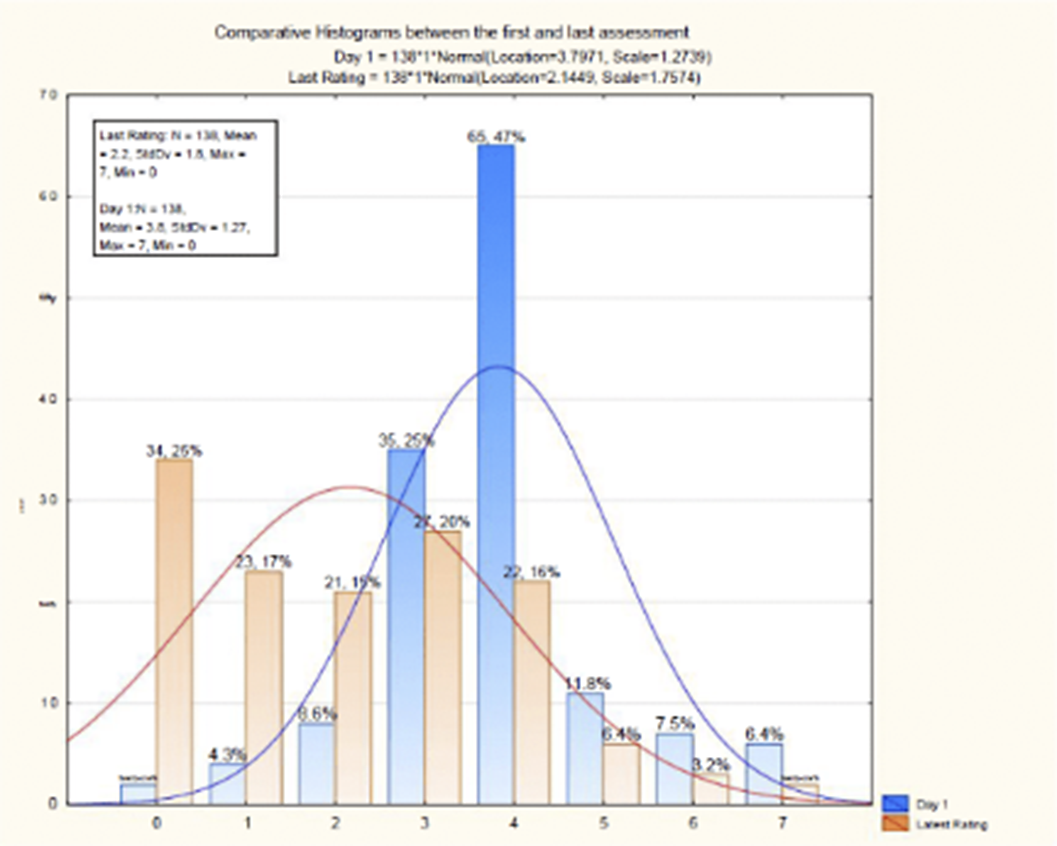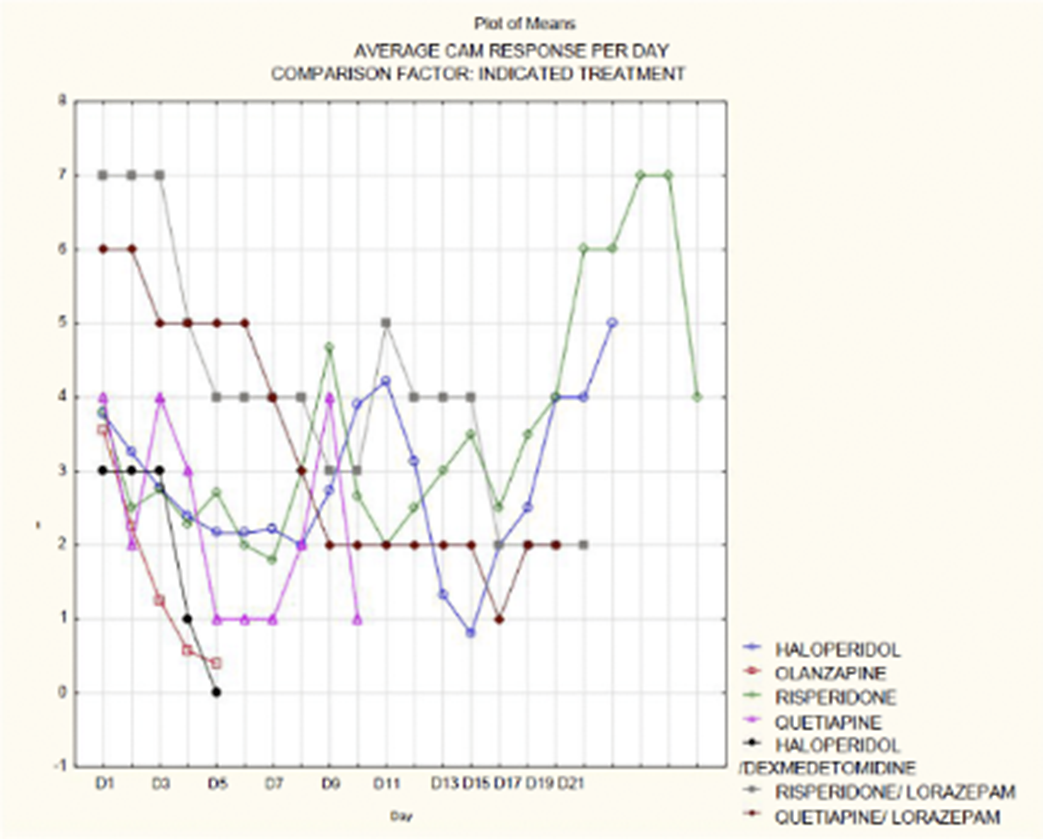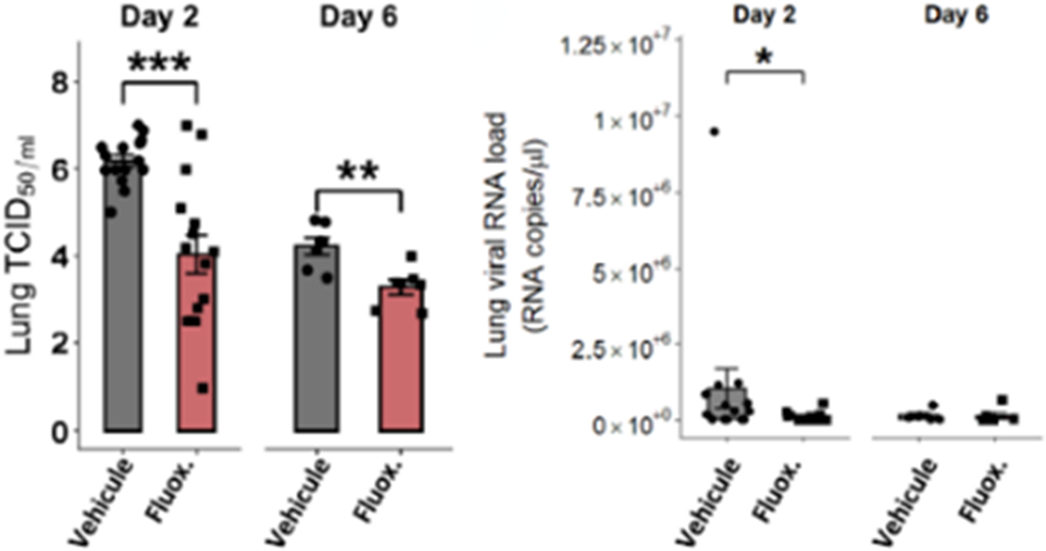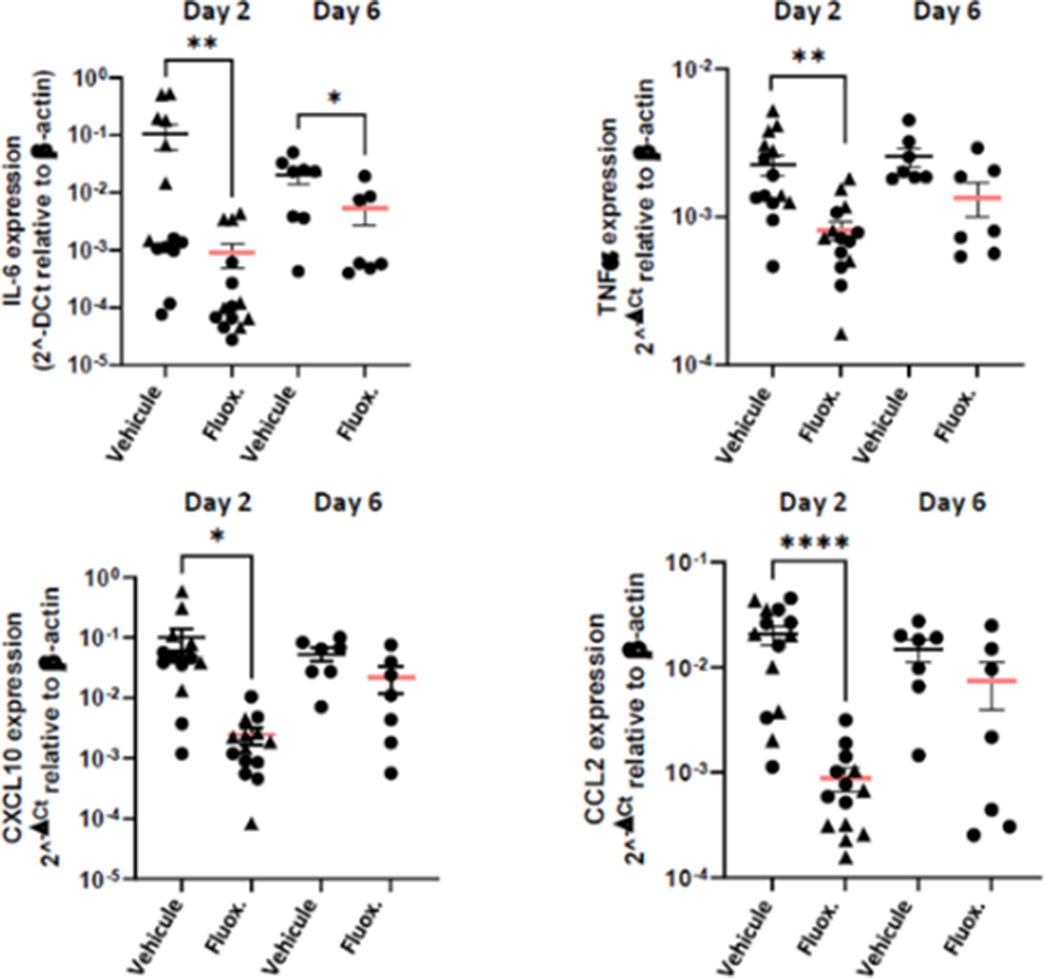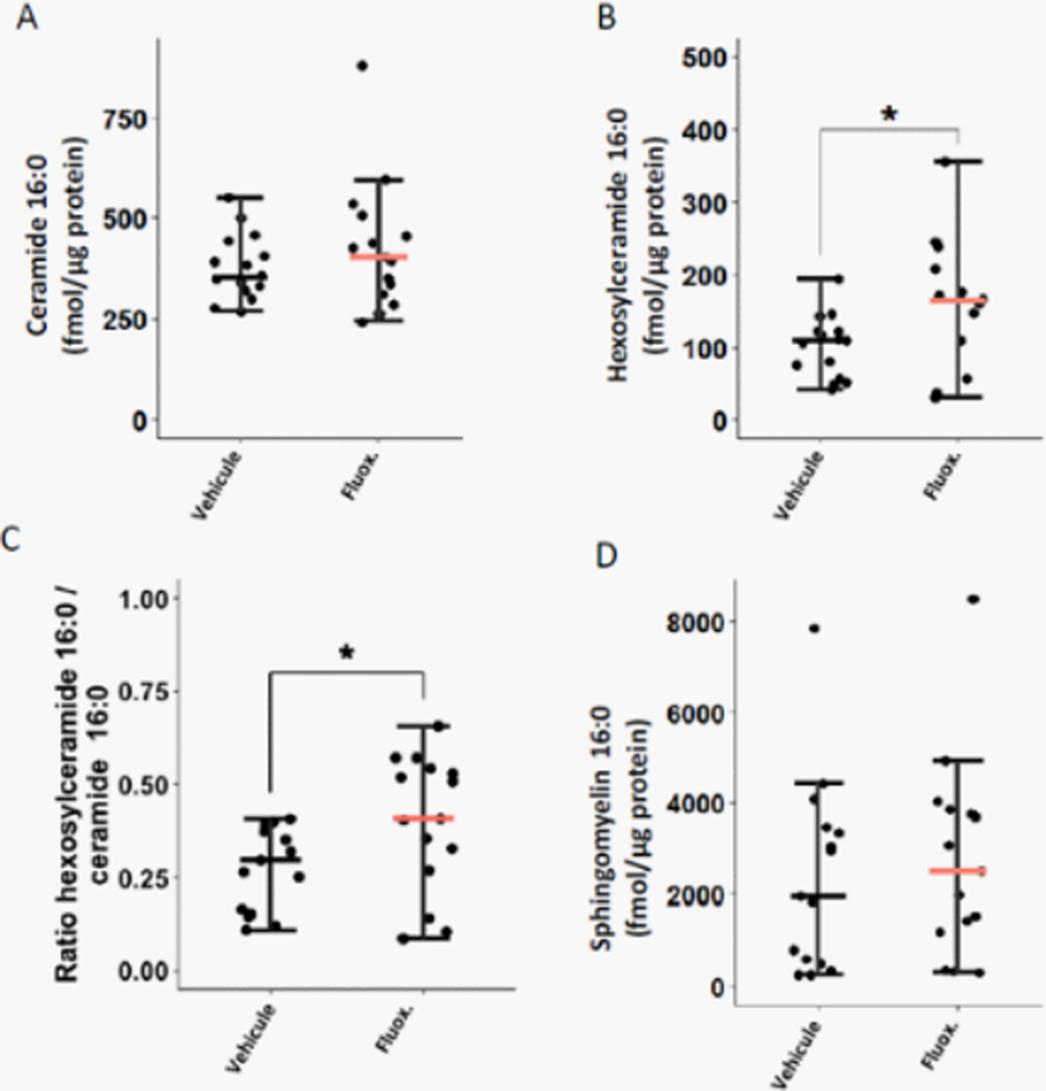43 results
Socio-demographic characteristics and pharmacological treatment options in patients with delirium
-
- Journal:
- European Psychiatry / Volume 67 / Issue S1 / April 2024
- Published online by Cambridge University Press:
- 27 August 2024, pp. S368-S369
-
- Article
-
- You have access
- Open access
- Export citation
Relationship between different PANSS cognitive factors and cognition assessed with MCCB in patients with first psychotic episode of schizophrenia
-
- Journal:
- European Psychiatry / Volume 67 / Issue S1 / April 2024
- Published online by Cambridge University Press:
- 27 August 2024, pp. S292-S293
-
- Article
-
- You have access
- Open access
- Export citation
Characteristics of patients admitted to a Psychiatric Home Hospitalization Unit and burden felt by caregivers
-
- Journal:
- European Psychiatry / Volume 66 / Issue S1 / March 2023
- Published online by Cambridge University Press:
- 19 July 2023, p. S901
-
- Article
-
- You have access
- Open access
- Export citation
Antiviral and Anti-Inflammatory Activities of Fluoxetine in a SARS-CoV-2 Infection Mouse Model
-
- Journal:
- European Psychiatry / Volume 66 / Issue S1 / March 2023
- Published online by Cambridge University Press:
- 19 July 2023, pp. S119-S120
-
- Article
-
- You have access
- Open access
- Export citation
Relationship between CAINS negative symptoms and cognition, psychosocial functioning and quality of life in patients with a first psychotic episode of schizophrenia
-
- Journal:
- European Psychiatry / Volume 66 / Issue S1 / March 2023
- Published online by Cambridge University Press:
- 19 July 2023, pp. S641-S642
-
- Article
-
- You have access
- Open access
- Export citation
Tobacco use in first-episode psychosis, a multinational EU-GEI study
-
- Journal:
- Psychological Medicine / Volume 53 / Issue 15 / November 2023
- Published online by Cambridge University Press:
- 26 April 2023, pp. 7265-7276
-
- Article
-
- You have access
- HTML
- Export citation
Persistent emotional stress, fatigue and impaired neurocognitive function in recovered COVID-19 patients: a longitudinal prospective study
-
- Journal:
- European Psychiatry / Volume 65 / Issue S1 / June 2022
- Published online by Cambridge University Press:
- 01 September 2022, p. S496
-
- Article
-
- You have access
- Open access
- Export citation
Aluminium Matrix Composites (AA6061/CaSiO3) Fabricated by Powder Metallurgy
-
- Journal:
- Microscopy and Microanalysis / Volume 28 / Issue S1 / August 2022
- Published online by Cambridge University Press:
- 22 July 2022, pp. 2774-2775
- Print publication:
- August 2022
-
- Article
-
- You have access
- Export citation
Aluminium Matrix Composite (AA6061/CaSiO3) Powders Obtained by Ball Milling
-
- Journal:
- Microscopy and Microanalysis / Volume 28 / Issue S1 / August 2022
- Published online by Cambridge University Press:
- 22 July 2022, pp. 2772-2773
- Print publication:
- August 2022
-
- Article
-
- You have access
- Export citation
Review: Strategies for enteric methane mitigation in cattle fed tropical forages
-
- Article
-
- You have access
- HTML
- Export citation
Volumetric Changes in PTSD and in a Subgroup of PTSD Patients not Responding to EMDR Psychotherapy [P03-58]
-
- Journal:
- European Psychiatry / Volume 24 / Issue S1 / January 2009
- Published online by Cambridge University Press:
- 16 April 2020, 24-E1057
-
- Article
-
- You have access
- Export citation
Volumetric Changes in PTSD and in a Subgroup of PTSD Patients not Responding to EMDR Psychotherapy [PW04-01]
-
- Journal:
- European Psychiatry / Volume 24 / Issue S1 / January 2009
- Published online by Cambridge University Press:
- 16 April 2020, 24-E355
-
- Article
-
- You have access
- Export citation
Organic psychosis: Much more than dopamine
-
- Journal:
- European Psychiatry / Volume 41 / Issue S1 / April 2017
- Published online by Cambridge University Press:
- 23 March 2020, p. s822
-
- Article
-
- You have access
- Export citation
A review about comorbidity between obsessive-compulsive symptoms and huntintong disease and a case report
-
- Journal:
- European Psychiatry / Volume 41 / Issue S1 / April 2017
- Published online by Cambridge University Press:
- 23 March 2020, pp. S702-S703
-
- Article
-
- You have access
- Export citation
Effect of Long-acting Injectable Aripiprazole in Glucose and Lipids: A 1 Year Study
-
- Journal:
- European Psychiatry / Volume 41 / Issue S1 / April 2017
- Published online by Cambridge University Press:
- 23 March 2020, p. S268
-
- Article
-
- You have access
- Export citation
What Antipsychotic is More Effective? Pafip Three Years Longitudinal Study Comparing Haloperidol, Risperidone, Olanzapine, Quetiapine, Ziprasidone and Aripiprazole
-
- Journal:
- European Psychiatry / Volume 41 / Issue S1 / April 2017
- Published online by Cambridge University Press:
- 23 March 2020, p. S81
-
- Article
-
- You have access
- Export citation
A mixed approach: Posttraumatic obsessive compulsive disorder
-
- Journal:
- European Psychiatry / Volume 41 / Issue S1 / April 2017
- Published online by Cambridge University Press:
- 23 March 2020, p. S411
-
- Article
-
- You have access
- Export citation
Dual Diagnosis and Medical Co-morbidity: Data from a Specialized Brief Psychiatric In-patient Unit
-
- Journal:
- European Psychiatry / Volume 41 / Issue S1 / April 2017
- Published online by Cambridge University Press:
- 23 March 2020, p. S137
-
- Article
-
- You have access
- Export citation
Use of atomoxetine in eating disorders. A case report
-
- Journal:
- European Psychiatry / Volume 41 / Issue S1 / April 2017
- Published online by Cambridge University Press:
- 23 March 2020, pp. S554-S555
-
- Article
-
- You have access
- Export citation
The cannabis profile: A high-risk subtype
-
- Journal:
- European Psychiatry / Volume 41 / Issue S1 / April 2017
- Published online by Cambridge University Press:
- 23 March 2020, pp. S310-S311
-
- Article
-
- You have access
- Export citation

